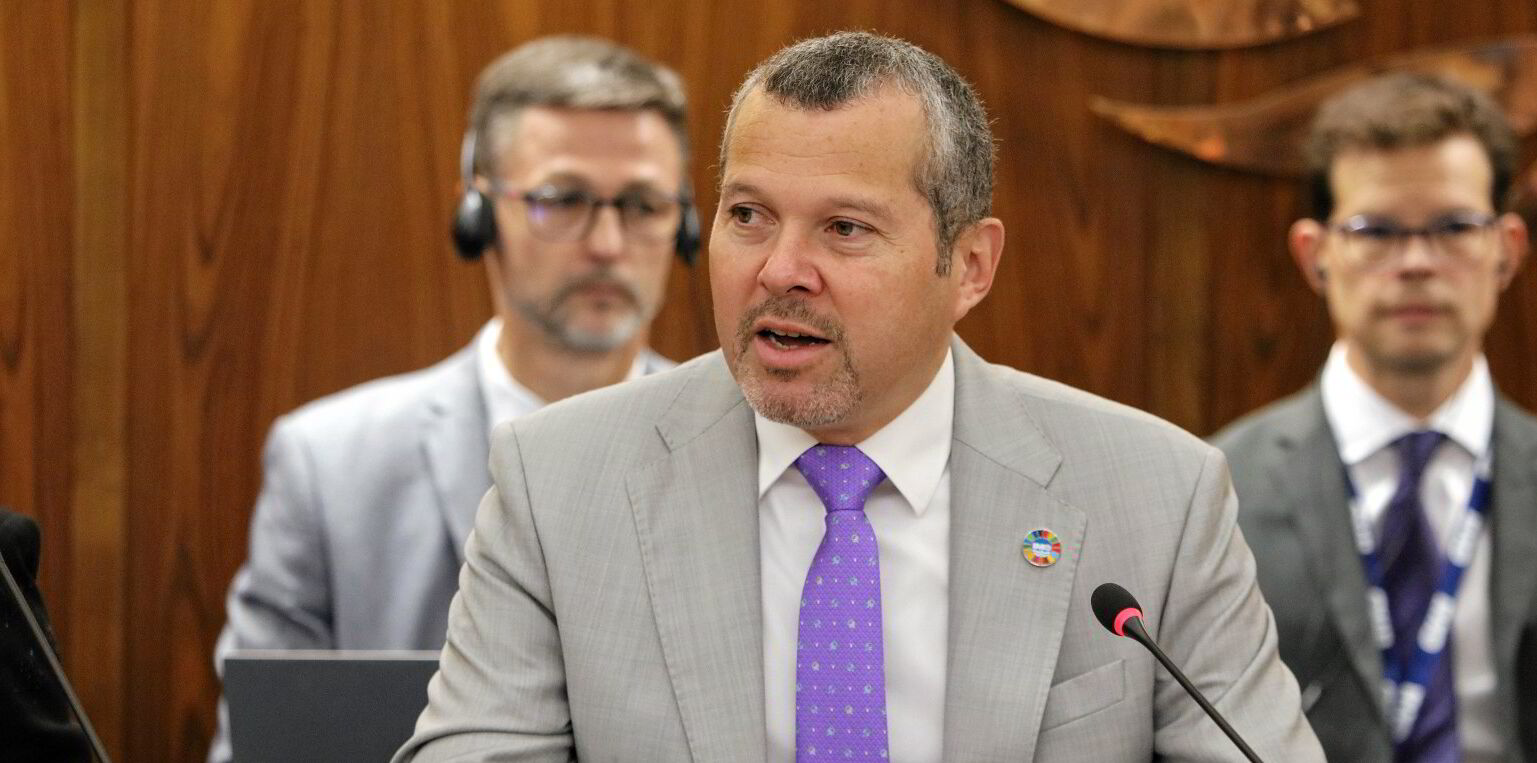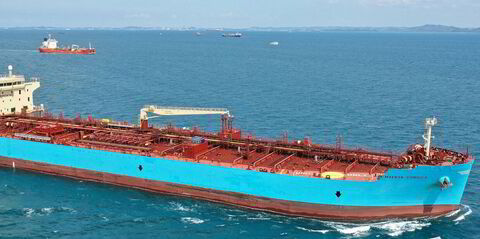A new report has found that greenhouse gas emissions from shipping have been rising as carbon intensity reductions slow.
It comes as the COP29 climate conference takes place in Azerbaijan, where executives from oil majors have emphasised the importance of oil and gas.
The study by UK university UCL and consultancy UMAS analysed tanker, bulker, container ship and cruise shipping between 2018 and 2022.
The researchers said that emissions have returned to the 2008 peak.
“While some efficiency improvements are observed across various segments, the continued growth in transport work, despite the blip during the Covid-19 pandemic, necessitates further action to achieve ambitious emissions reduction targets set in the IMO’s revised GHG strategy adopted last year,” the report added.
The pandemic had a significant but transient impact on the trends observed, the data showed.
In 2020, the Covid-induced reduction in trade led to a decrease in voyages and a subsequent fall in total emissions.
But this trend was quickly reversed, with a surge in trade in 2021, as ship speeds increased.
Dr Tristan Smith, professor of energy and transport at the UCL Energy Institute, said: “The IMO has imminent key decisions on both efficiency and energy policy in 2025.
“The message from this analysis is that the fleet actually has a latent efficiency opportunity because, during the period to 2022, utilisation and speeds of many ship categories actually trended in directions countering efficiency improvements,” he added.
But Smith said there had also been minimal technological intervention as the trend reversed.
Market forces are not enough
The analysis also showed that market forces and weak regulation will not realise these potential efficiencies, he added.
He views increasing the stringency and efficacy of the Carbon Intensity Indicator (CII) regulation as key if owners are to achieve the 20% to 30% greenhouse gas reductions demanded by the International Maritime Organization between 2022 and 2030.
The report said the low rate of take-up of energy efficiency improvements from 2012 to 2022 can be attributed to weak incentives after the low-hanging fruit of slow-steaming was picked.
“Known market barriers and failures are inhibiting business case and motivation for efficiency improvements and continue to leave many technical and operational efficiency measures under-used,” it found.
Carbon intensity was reduced by 1.1% per year between 2018 and 2022, contrasting with the higher average of 3% improvements from 2008 to 2018.
Dr Haydn Francis, a consultant at UMAS, said: “This analysis reveals a stagnation in emissions reductions from international shipping since 2018 and highlights the need for renewed efforts in fleet efficiency and carbon intensity improvements.”
But the report had a message of hope.
If demand in different sectors comes more in line with the fleet capacity/supply over the coming years, there is a lot of potential for higher utilisation and rapid improvement in operational carbon intensity, the researchers believe.





